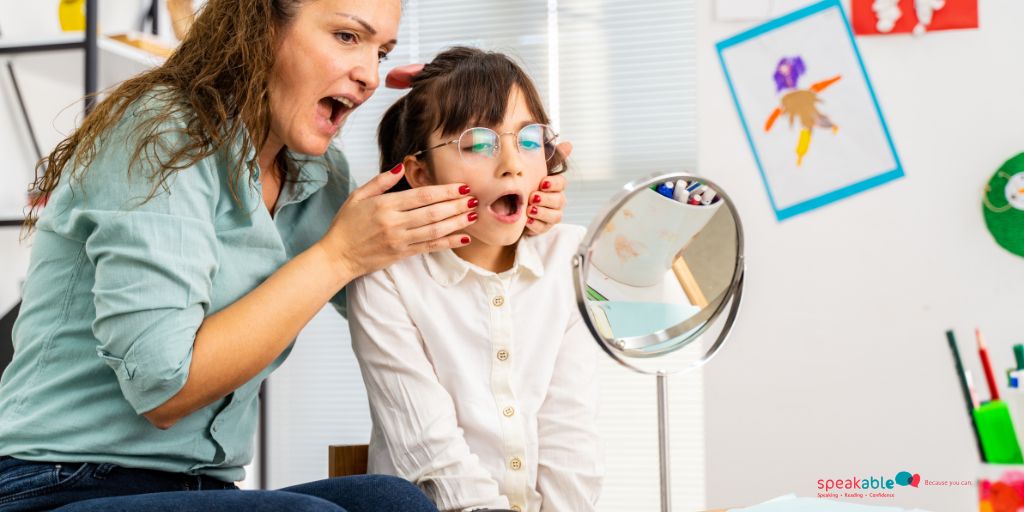
Communication is essential for human interaction. Through speech and language, we express thoughts, build relationships, and navigate the world. However, not everyone develops these skills at the same pace. Some individuals experience challenges with speech, language, or communication, which can impact their social, emotional, and academic growth.
By six months, babies begin their journey into communication. "Babbling and vocal play become more frequent, as infants start experimenting with different sounds," explains speech-language pathologists. "By 12 months, they attempt their first words, mimic facial expressions, and show an eagerness to interact."
At 18 months, children typically have a vocabulary of about 30 to 50 words. By age two, this number jumps to 200 to 300 words, marking a major speech development milestone. By age three, children start forming full sentences and becoming more understandable to others.

Speech therapy plays a crucial role in identifying and addressing speech and language challenges. "When difficulties arise, speech-language pathologists (SLPs) assess the child’s specific needs and guide their communication development," explains experts in the field.
The earlier a speech disorder is addressed, the greater the chance of positive long-term outcomes. Early intervention helps children strengthen communication skills, build confidence, and navigate their social and academic environments effectively.
If a child or adult shows persistent difficulties with speech, language, or communication, consulting a speech-language pathologist is recommended. An SLP can evaluate specific needs, develop a personalized therapy plan, and provide guidance for families and caregivers.
Understanding and addressing communication disorders is essential for improving speech clarity, confidence, and overall well-being. Whether it's a child struggling with phonological development or an adult recovering from a speech impairment, speech therapy can be life-changing.
Want to learn more? Visit our blog for expert insights on speech and language development!
Have questions or experiences to share? Drop a comment below!
Because you can.
Suite 10, L2 79-85 Oxford St
Bondi Junction
Mon-Fri 8am-6pm
Sat 9am-4pm